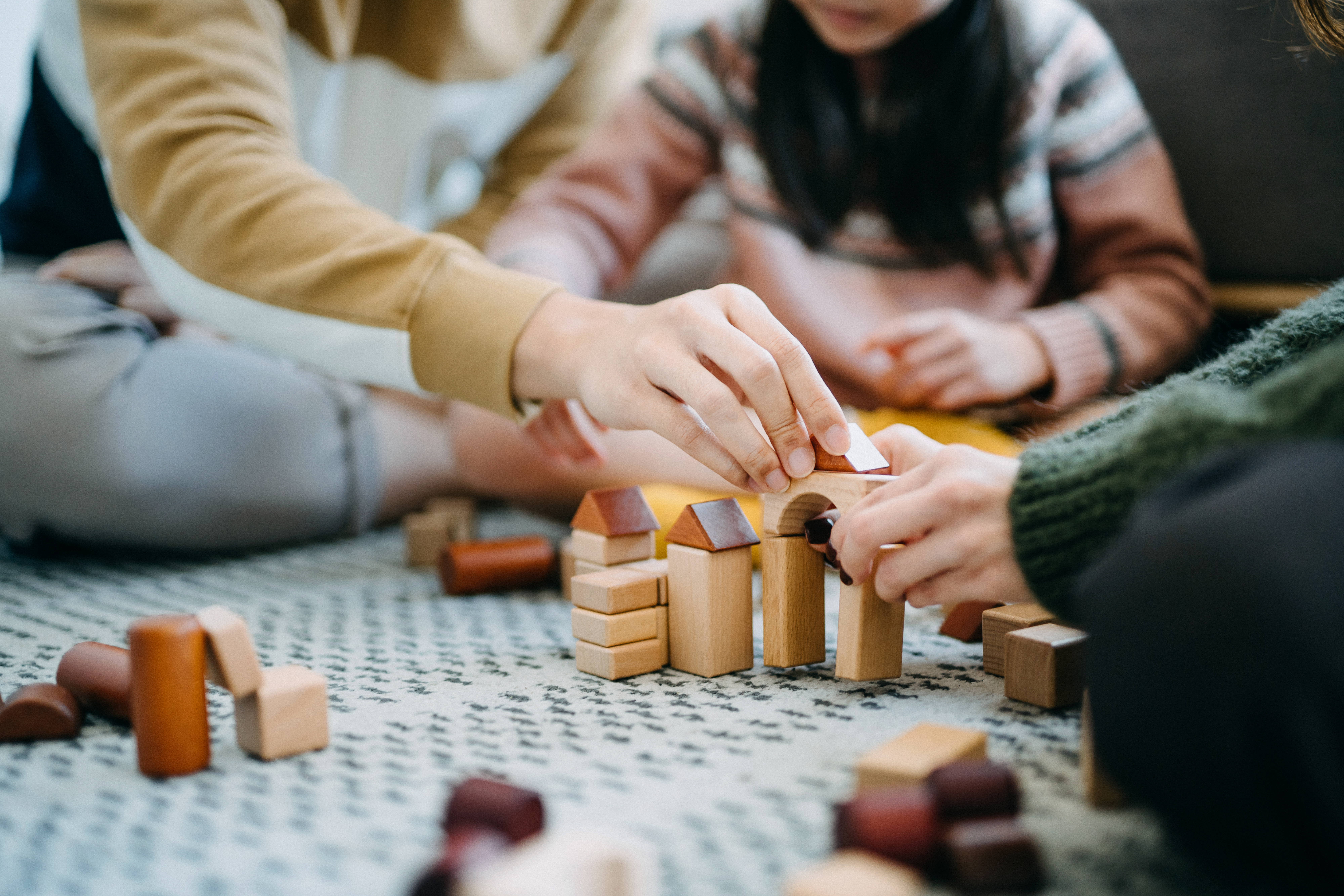When it’s cold outside, most of us spend more time indoors. Unfortunately for parents, keeping kids off their screens and engaged can be a challenge.
“When considering activities, take stock of your family and what’s appropriate for them, your available space, and your budget,” says Dr. Sharon Moore-Caldwell, a medical director with BlueCross BlueShield of Tennessee. “Then you can start to make plans for some fun activities that are also suitable for your specific situation.”
Family time can provide important benefits for parents and children by:
- Strengthening family ties
- Promoting positive behavior
- Encouraging teamwork among family members
- Providing the chance to make memories
- Enhancing communication and bonding
The great indoors
Here are some indoor family activities that you can try:
- Host a play date. Invite one of your child’s friends to come over for an indoor playdate. Playdates for younger children can help build social skills and enhance imagination.
- Put on a performance. Challenge your children to put on a show. They could act out a story from a book — or make one up themselves. You can offer to help with costumes. Or, if any of your children play a musical instrument, suggest that they put on a concert for the family.
- Roll out the yoga mats. You can use a rug or towel. Lead your children through some simple yoga poses. If you need inspiration, stream yoga videos online.
- Get out the art supplies. Gather crayons, markers, watercolors: anything that encourages your child to be creative. You could even try something more tactile by making art with pompoms, pipe cleaners or other objects.
- Do a chore challenge. Household chores don’t stop when winter arrives. In fact, new ones crop up. But you can stoke your kids’ competitive natures by making chores into a competition. See who can get their chores done first and reward them for their performance.
- Have a cooking lesson. Choose a simple recipe with your child and prepare it together. You might try homemade pizza, bread or cookies. If your child’s old enough to read, have them read aloud all the recipe’s steps as you work through them.
- Have a dance party. Turn up the music and dance it out. Give everyone in the family a chance to pick a favorite song.
- Hold a scavenger hunt. Make a short (or long) list of items that your children can search for around the house. Ensuring “no mess left behind” can be part of the challenge.
- Play games. Your kids might love an active game like Charades, Simon Says or Twister, but you could also suggest a board game. (Tip: Try to make sure you have board games that are age- and developmentally appropriate for all members of your family.) If you have space, you could play balloon volleyball – blow up a balloon and bat it across a net or barrier.
- Build a fort. Pull out old blankets or towels, clothespins or binder clips, and cushions or mats. Ask your children to build something incredible. Be sure to set a few ground rules so that they don’t break anything by accident during the building process.
- Make friendship bracelets. Buy some embroidery thread so your children can make their own friendship bracelets. For a little extra pizzazz, add beads.
- Make a movie or a newscast. Use an old phone or camera and tell your children to make something creative. They can make it up as they go along, or you could suggest they write a script first.
- Conduct a science experiment. At some point, your child will probably need to complete a science fair project. Give them a head start by doing a couple of simple science experiments at home. Ask your child what they think will happen before you start and then ask them to describe what happened when you finish.
- Put together a puzzle. Clear space on the coffee table or the dining room table. Putting together a puzzle with others can help develop cooperation skills, as well as build concentration and problem-solving skills.
- Go “house walking.” Set a time goal or a steps-walked goal. Walk around your house until you reach the goal. You could add other activities, such as jumping jacks after walking for a certain amount of time or steps.
You don’t need to fill every minute with activities
What if you’ve exhausted all your ideas? Or your energy levels? Encourage your child to spend time alone, reading or playing with their toys. Let them know that you may all need a break.
“Recognize that not every minute of the day has to be filled with activities,” Dr. Moore-Caldwell says. “Don’t put pressure on yourself to find a way to fill every single minute of your child’s day. Let them have some time to figure it out themselves.”
More from Dr. Moore-Caldwell on WellTuned
Get more information about specific health terms, topics and conditions to better manage your health on bcbst.com. BlueCross BlueShield of Tennessee members can access wellness-related discounts on fitness products, gym memberships, healthy eating and more through Blue365®. BCBST members can also find tools and resources to help improve health and well-being by logging into BlueAccess and going to the Managing Your Health tab.


